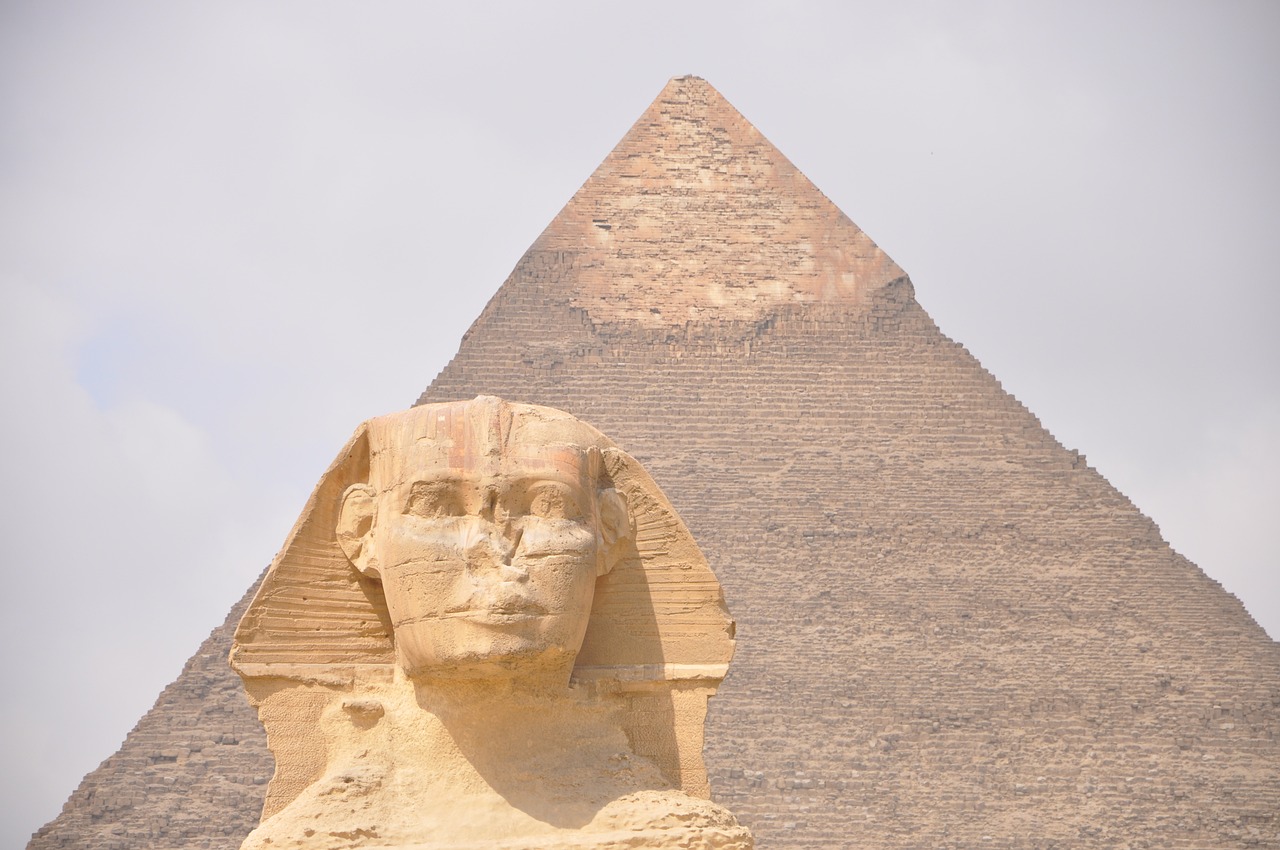As surprising as it may appear, the seemingly unattractive demon known as Bes held a special place as a beloved guardian of home and childbirth. Remarkably, he was also credited with curing impotence.
The Unconventional Guardian
Upon discovering the striking block carving of Bes in Dendera’s courtyard, it became clear why he is so memorable. Unlike the other deities that adorned the walls of ancient temples or were illustrated in the dimly lit tombs—most of whom sport animal heads—Bes stands out as an exceptionally distinct figure in the mythology of Ancient Egypt. His unusual characteristics prompted admiration; Alastair Sooke’s vivid description in Frieze encapsulates this sentiment perfectly. He characterizes Bes as a “grotesque little fellow,” with a body that is squat and stocky, notable for its flabby features and pot-belly. Crouching in a manner that’s almost comical, Bes has a wild beard around his gargoyle-like face reminiscent of a lion’s mane, yet his fierce appearance is softened by a playful gesture: he sticks out his tongue like a jokester.
A Singular Presence
An intriguing aspect of Bes among the Egyptian deities is that he, alongside cow-eared Hathor, is one of the few gods represented face-on. This contrasts sharply with the common practice of depicting most gods in profile.
Symbol of Protection and Humor
Bes’s widespread adoration stemmed from his associations with humor, music, and dancing. He was known for knowing how to have a good time, despite the fact that he lacked official temples and did not have dedicated priests or priestesses. His appeal spanned social classes, from royalty to the most destitute laborers. There are indications that individuals donned costumes resembling Bes during particular religious ceremonies, which may have added to his popularity.
Origins and Evolution
Several other gods and demons with overlapping qualities merged into the persona of Bes, an ever-evolving deity depicted as a leonine dwarf. In earlier representations, known as Aha or Fighter, he is illustrated overcoming snakes, a symbolism reflected in his presence on knives used as protective charms for their bearers.
Guardian of Childbirth
Bes’s significance extended to the protection of pregnant women and childbirth. He was associated with magical objects intended to facilitate labor and ensure safe delivery for newborns. There are mentions of a “dwarf of clay” that was placed on expectant mothers’ bellies—a testament to the perilous nature of childbirth in that era. Bes played a vital role in warding off evil spirits during this vulnerable time, often depicted with an expanded belly and fleshy breasts to bolster his image as a protector of women in labor. It was also said that he married Taweret, the hippo goddess linked to childbirth. If an infant smiled or laughed seemingly without cause, it was believed that Bes was close by, entertaining them with silly faces.
Expanding Influence
Over time, Bes’s influence spread throughout the Mediterranean, where he was often depicted with exaggerated features to signify virility. His image adorned incubation chambers, where pilgrims sought his aid in overcoming infertility or impotence.
Enduring Legacy
Even in places like Pompeii, representations of Bes can be found, such as in elaborate frescoes. Who could have anticipated that this seemingly unattractive dwarf, known for his silly antics, would be cherished for generations? Reflecting his warrior roots, Bes also became a symbolic figure for Roman legionnaires.
As you wander through the ancient temples of Egypt, keep an eye out for the whimsical figure of Bes—the dwarf with his tongue out and his features humorously exaggerated. His playful character may bring a smile while simultaneously serving as a protector against harm.



